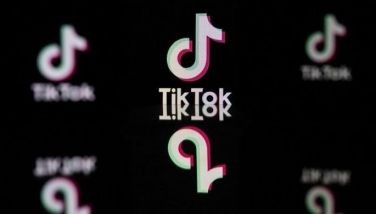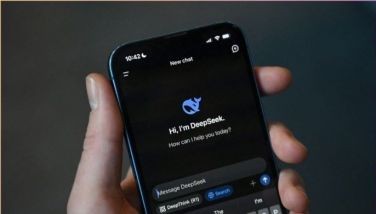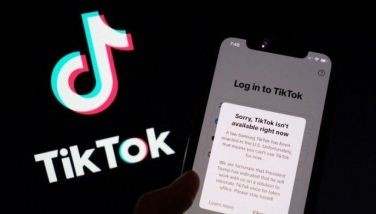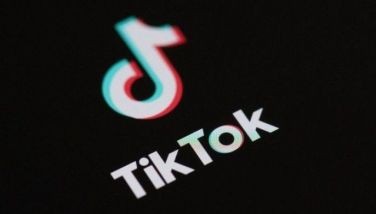This excitement over Telstra might end up as a huge disappointment
In the last several weeks, there has been so much noise and positive online sentiment on Telstra’s intention to enter the Philippine mobile Internet market as challenger to the duopoly of Smart and Globe.
The plan to launch in the Philippines sometime in 2016 is not yet firm but talks with San Miguel Corp. as the local partner in the joint venture has been ongoing as early as August. However, top brass of Telstra have been quoted that the Australian giant is willing to shell out as much as $1 billion to represent its 40 per cent investment in the joint venture (by law, foreign corporations are only allowed a maximum of 40 per cent ownership in select industries such as telecoms).
The rabid excitement and support for Telstra is expected as many Internet subscribers in the Philippines are dissatisfied with the current level of service and support they are getting from existing providers.
However, very little detail is available as to how Telstra is going to penetrate and compete against the two dominant players. Our best guess is that their service will most likely be through a wireless network using exiting LTE technology. This is the fastest and more cost-effective way to roll-out a national broadband network in the country, considering the archipelagic nature of the Philippines.
We then also consider the track record of San Miguel, which funded the establishment of Wi-Tribe back in 2007 in partnership with Q-Tel. That venture did not quite pan out and they’ve been under rehabilitation for some time now.
Our hope is that Telstra’s venture with San Miguel will learn from the challenges of Wi-Tribe and the deficiencies of WiMax technology.
Do not expect this new ISP to offer wired broadband connection or fiber-to-the-home in the Philippines. The infrastructure and roll-out for that takes much longer and is costlier. There is no reason to expect gigabit-level speeds either.
Our best bet is nomadic data services and fixed wireless connection just like SmartBro or PLDT Ultera.
Bandwidth for wireless connectivity is very limited so it is easily congested. It is also prone to more external factors or interferences. We experienced really fast LTE speeds up to 42Mbps during the first few months but those speeds are almost non-existent nowadays.
Perhaps, Telstra and San Miguel can put up better infrastructure, coverage and, of course, offer cheaper fees for much higher bandwidth allocations, but it remains to be seen.
Looking at Telstra’s mobile data plans in Australia, one can only hope that their $AUD25 (P835) a month plan for 1GB or $AUD105 (P3,500) for 15GB data allocation will not be replicated in the Philippines. Telstra would probably have to price its services better than that to be competitive once they launch locally.
Otherwise, all this positive sentiment will only be dampened by disappointment and frustration that many Filipino Internet users have already been experiencing for a long time.
In any case, we welcome competition. It is good for the market and good for consumers. We remain positive and hopeful that we will really get the service we deserve, whether it’s from existing local players or new ones.
- Latest

























